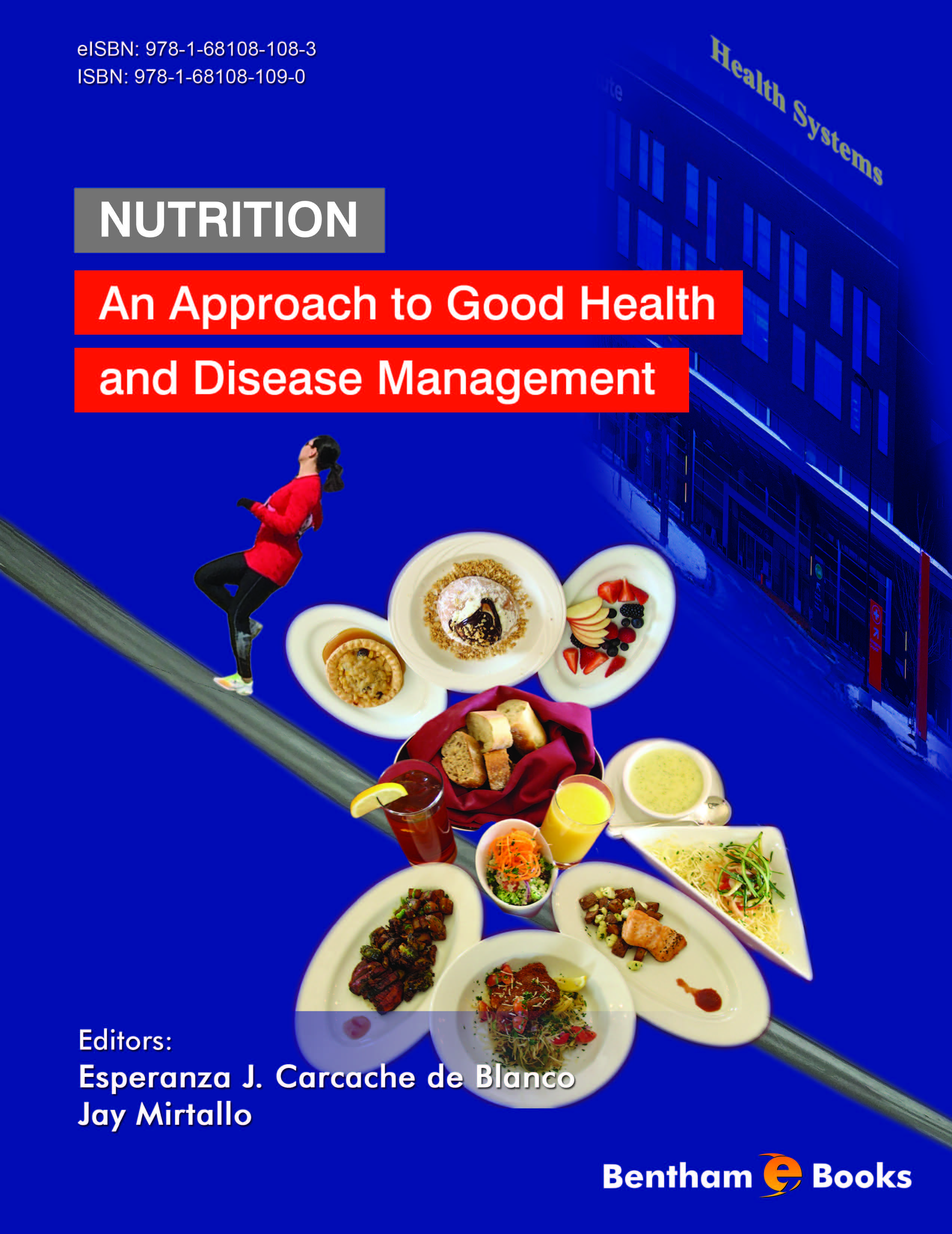Foreword
The Center for Disease Control and Prevention is reporting staggeringly high overweight and obesity statistics in the United States and the percentages continue to climb year after year. Complications from obesity and worsening of diseases associated with obesity are putting a financial burden on individuals, families and the nation. Increased costs are associated both directly with higher medical health consumption and expenditures and indirectly with associated sick time and absenteeism. Because of this escalation in obesity, including pediatric obesity, life expectancy for the younger generation is now lower than that of their parents, a phenomenon that has never before been reported. Analogous to obesity, the percentages of individuals struggling with eating disorders are also climbing. Unhealthy eating behaviors for the sake of weight loss including starvation, purging and laxative abuse are placing individuals at risk for osteoporosis, esophagitis, gastric rupture and cardiovascular and endocrine system complications, as well as death.
A basic understanding of the fundamentals of nutrition and the importance of healthy nutrition has never been more critical than it is now. The responsibility for understanding and teaching the value of healthy nutrition can no longer be expected only from a dietitian. It is imperative that all healthcare providers be able to converse with their patients about healthy nutritional behaviors and preventive steps to incorporate into their daily lives to reduce disease complications and/or prevent disease altogether. A review of the patient’s diet and nutritional behaviors should be incorporated into every patient visit and all healthcare providers should be assuring that patients have an understanding of proper nutritional habits.
The authors have presented up-to-date, evidence-based, clinically relevant material at a level appropriate for a healthcare provider. The chapters span from the necessary foundational knowledge of macronutrients to the nutritional role of micronutrients and phytochemicals. An appreciation for food regulation, socio-economic factors and cultural issues which must be considered when evaluating the patient’s diet and recommending necessary changes, are also discussed. Lastly, and of great importance, managing the patient with respect to co-diseases is reviewed.
Drs. Carcache de Blanco and Mirtallo have shown remarkable thought and skill in compiling a comprehensive, well-organized text providing necessary nutritional information to health care providers. They are to be commended for identifying a void in the healthcare literature and taking the necessary steps to rectify the problem. This book is of great value and will enhance any nutrition course and curriculum.
Jane Gervasio
Butler University College of Pharmacy and Health Science
4600 Sunset Avenue
Indianapolis, IN 46208-3485
USA

